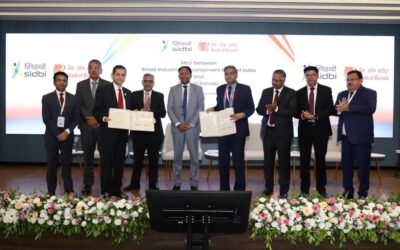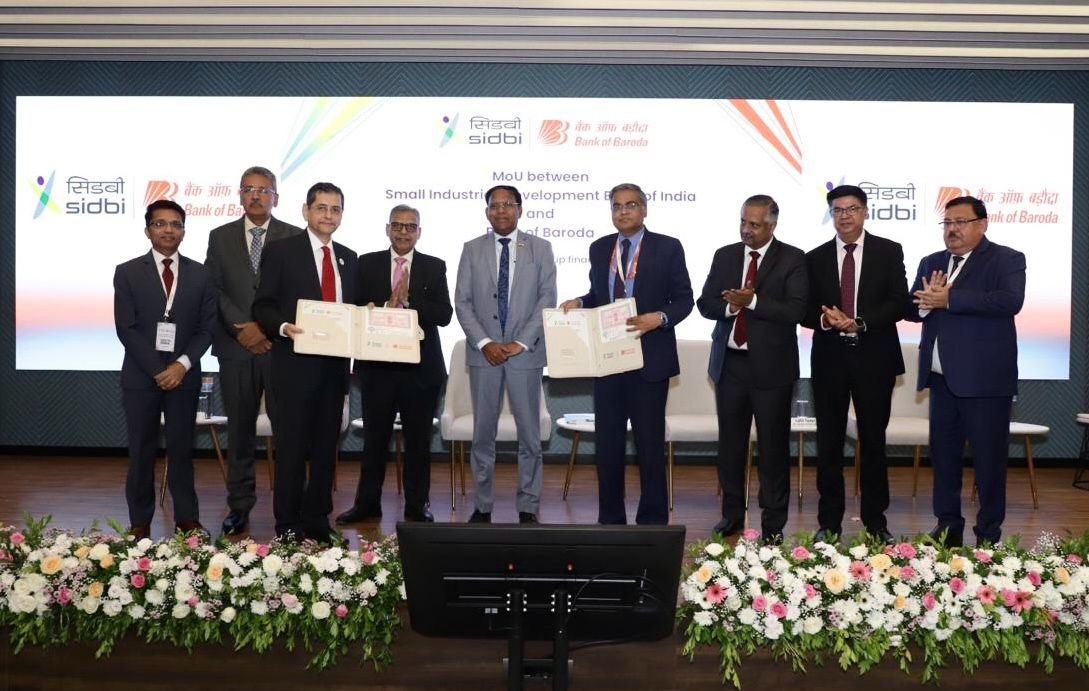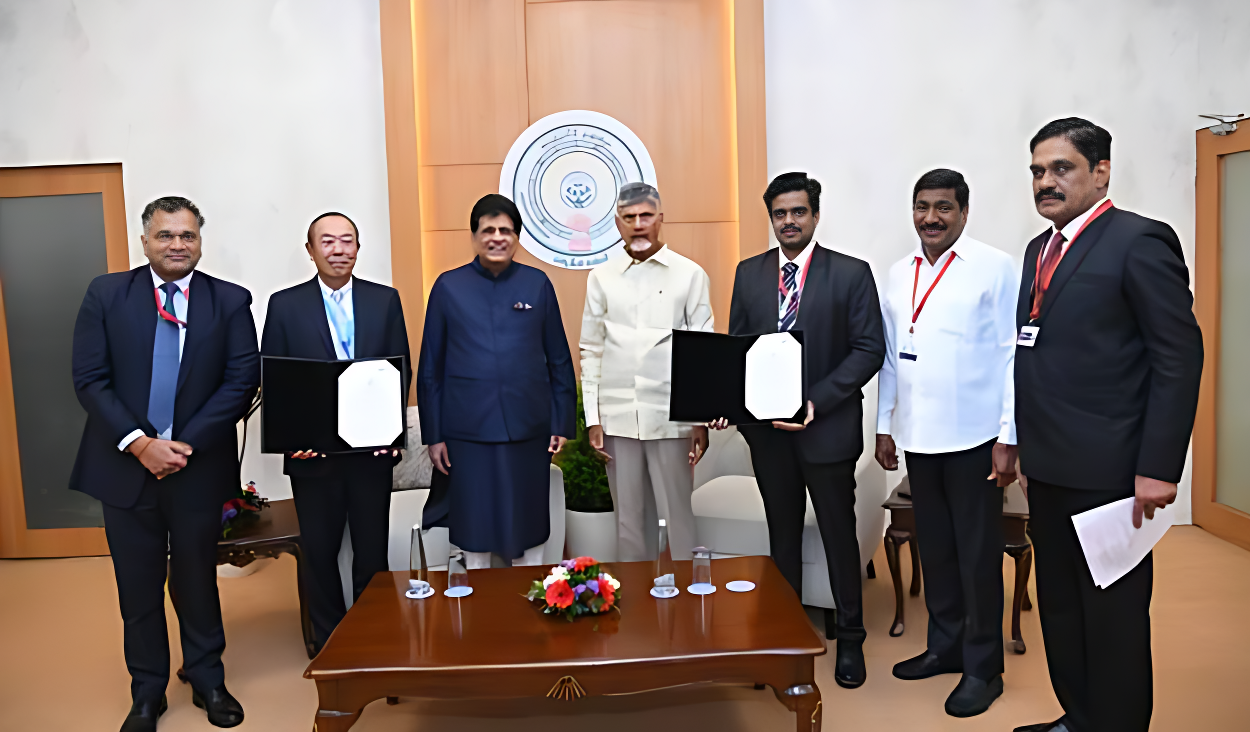SIDBI Unveils Innovative DIA Model to Strengthen MSME Clusters and Industry Associations

The Small Industries Development Bank of India (SIDBI) has taken a significant step towards strengthening India’s MSME ecosystem with the launch of its Development of Industry Associations (DIA) scheme. The initiative was formally inaugurated at the National Conclave on DIA on September 24 in New Delhi by Shri M. Nagaraju, Secretary, Department of Financial Services (DFS), Ministry of Finance, in the presence of over 150 delegates representing 105 associations from 90 clusters across 23 states, including eight associations from the North-East.
In his address, Shri Nagaraju underscored the centrality of MSMEs in the national economy, noting their contribution of nearly 30% to GDP, employment for 30 crore people, and close to half of India’s exports. He described clusters as engines of efficiency and innovation, stressing that India must move beyond the idea of being a production hub and instead position itself as an innovation epicentre. For him, industry associations will have to be the “torchbearers” that guide clusters through the four phases of development, initiation, establishment, operationalisation and transformation. While many clusters are currently in the establishment or operationalisation stage, he argued that the real potential lies in helping them evolve into globally integrated value chain leaders.
The conclave also witnessed the launch of the Industry Portal, a digital B2B platform designed to empower associations and their member enterprises. The portal is expected to act as a knowledge and collaboration hub, enabling research, networking, information-sharing, and the resolution of financial and technical challenges. By giving associations a digital edge, the platform aims to strengthen their ability to serve members more effectively and efficiently.
Shri Manoj Mittal, CMD, SIDBI, built on this vision by reiterating the message that “strong clusters need strong industry associations.” He explained that SIDBI would pursue a dual strategy: first, to provide targeted support for infrastructure, skilled human resources, and early-stage activities through a demand-driven approach; and second, to digitally strengthen the ecosystem by using the newly launched portal as a backbone. He pointed out that the ultimate objective is to make associations financially sustainable and strategically capable of delivering value-added services to their members. Drawing parallels with the rapid growth of Farmer Producer Organisations, which have scaled to 44,000 units in just over a decade and now generate substantial revenues, he emphasized that industry associations too can evolve into self-sufficient institutions if equipped with the right tools and vision.
Discussions at the conclave also opened new avenues for sustainability. Representatives debated innovative models such as MSME Solution Centres leveraging retired professionals, gain-sharing arrangements with workers, simplified documentation processes, and the creation of revenue streams through royalties and service-based fees. These ideas reflected a growing consensus that associations must diversify their approach, reduce dependence on external aid and create robust business models that ensure long-term viability.
The launch of the DIA scheme is being positioned as a low-cost, innovative, and self-propelling model of cluster development. By combining financial backing with digital empowerment, SIDBI hopes to trigger a transformation in India’s cluster ecosystem, enabling associations to play a more proactive and professional role. The broader vision is to make clusters not only resilient and sustainable but also globally competitive, with innovation at their core.
The conclave reinforced a single, unifying message: the future of India’s MSMEs and by extension, the country’s economic trajectory depends on strong, dynamic industry associations. With SIDBI’s support and the government’s push for innovation-driven growth, clusters are poised to evolve into platforms of inclusive development, job creation and global integration.











